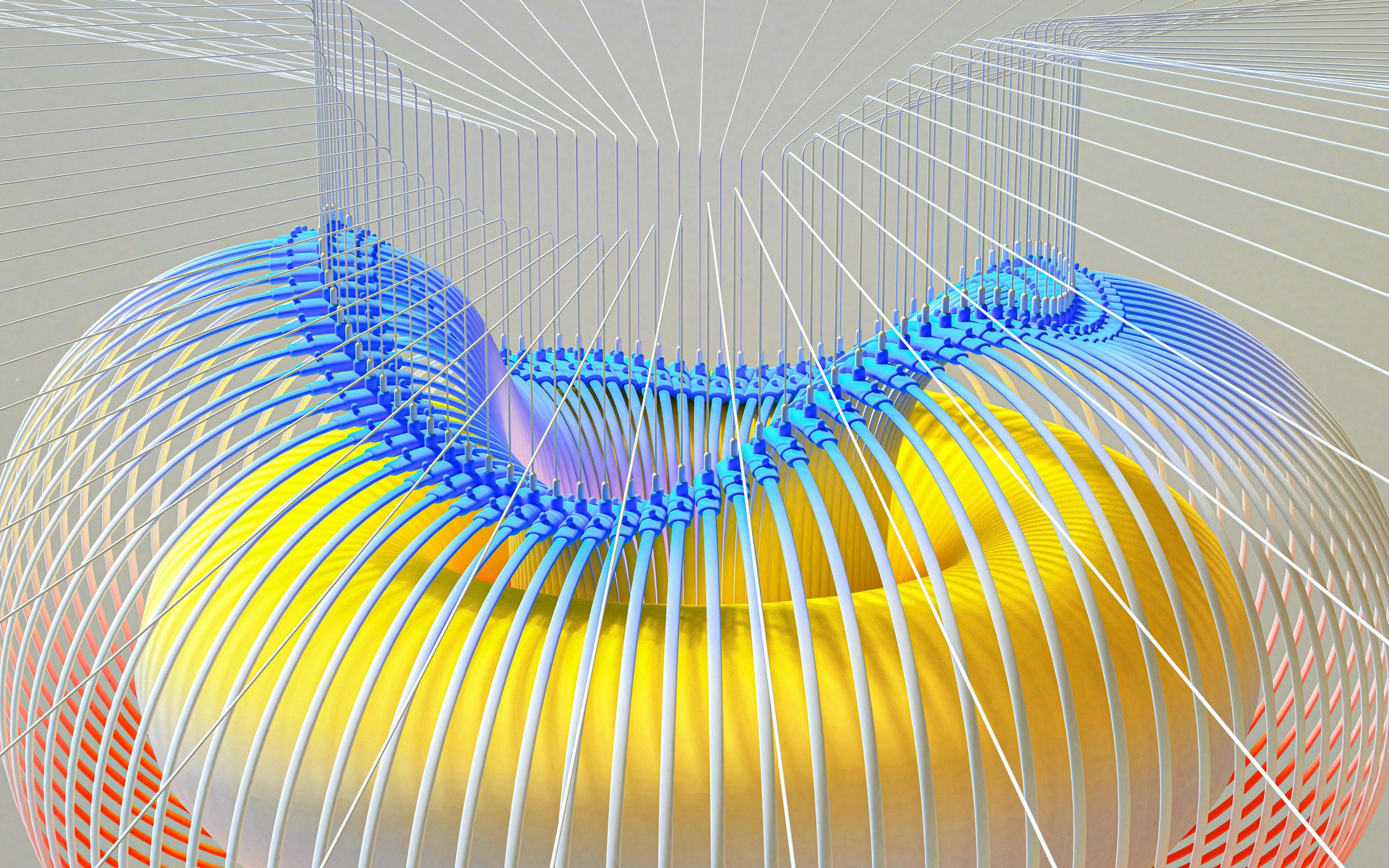Transforming Data into Stories: The Power of Motion Graphics
Attention spans are shorter and the competition for your audience's attention is fierce. For non-profits and NGOs, presenting data in a way that is not only informative but also engaging can make a significant difference in how your message is received. Enter motion graphics—a powerful tool that can elevate your reports from static, text-heavy documents to dynamic, engaging visual experiences.
Why Motion Graphics Matter for Data Visualization
Motion graphics are animated representations of data, often combining text, visuals, and movement to tell a story. Unlike static charts or tables, motion graphics can:
Capture Attention: Studies show that people are 80% more likely to engage with content that includes visuals, and the use of animation can increase this engagement even further.
Enhance Comprehension: According to the Social Science Research Network, 65% of people are visual learners, meaning they absorb and retain information better when it's presented visually.
Improve Retention: The Brain Rules book by Dr. John Medina states that people only remember 10% of information three days after hearing it. However, if a relevant image is paired with that information, retention rates soar to 65%.
These statistics highlight the power of visuals in communication, and motion graphics take this to the next level by adding an element of dynamism that can make your data not just understandable, but memorable.
The Advantages of Using Motion Graphics in Reports
Making Complex Data Accessible
Data Point: A study by the Wharton School of Business found that 67% of the audience was persuaded by the content of a presentation with visuals compared to 50% when only verbal communication was used.
Explanation: Motion graphics simplify complex data by breaking it down into bite-sized, easy-to-digest pieces. Through animation, you can guide the viewer’s eye to the most important points, helping them quickly grasp complex concepts.
Engaging Diverse Audiences
Data Point: The use of video content, including motion graphics, can increase the likelihood of engagement by up to 1200%, according to a HubSpot report .
Explanation: Motion graphics cater to different learning styles, making your reports more accessible to a wider audience. Whether your audience prefers visual learning or needs a combination of audio and visual stimuli, motion graphics can bridge the gap.
Boosting Emotional Impact
Data Point: Research from the University of Southern California’s Institute for Creative Technologies suggests that visual content, especially when animated, can evoke stronger emotional responses than text alone .
Explanation: Motion graphics can be designed to evoke emotions that resonate with your audience, whether it’s urgency, hope, or inspiration. This emotional engagement can make your data more impactful and persuasive.
Encouraging Action
Data Point: The Content Marketing Institute reports that 70% of marketers believe that interactive content, such as motion graphics, is more effective at converting visitors compared to static content .
Explanation: By animating your data, you can highlight key insights and call-to-action points, guiding your audience toward the decisions or actions you want them to take. Motion graphics can make your reports not just informative, but also actionable.
Best Practices for Creating Motion Graphics in Reports
To maximize the impact of motion graphics in your reports, consider the following best practices:
Keep It Simple: Focus on the key data points and avoid overwhelming your audience with too much information at once.
Use a Consistent Style: Ensure that your motion graphics align with your organization’s branding and visual identity to maintain professionalism and coherence.
Incorporate Narration: Adding a voiceover can further clarify the data being presented and make your content more accessible to those with visual impairments.
Optimize for Sharing: Design your motion graphics to be easily shareable across social media and other digital platforms to extend the reach of your reports.
Final Thoughts
Motion graphics are not just a trend; they are a powerful tool that can transform how your non-profit communicates its data. By making your reports more engaging, understandable, and memorable, you can ensure that your message not only reaches your audience but also resonates with them.


